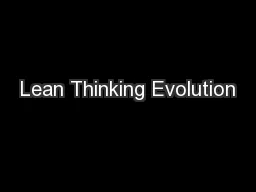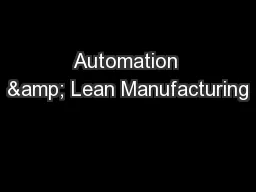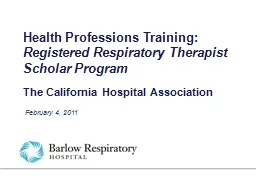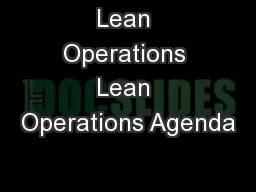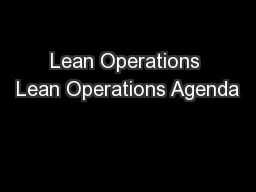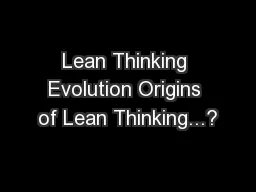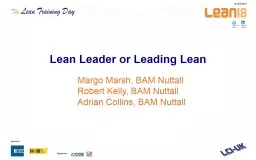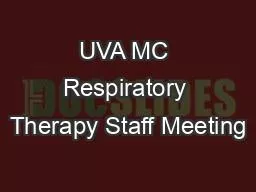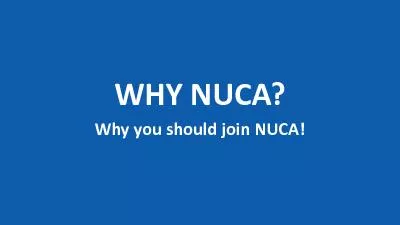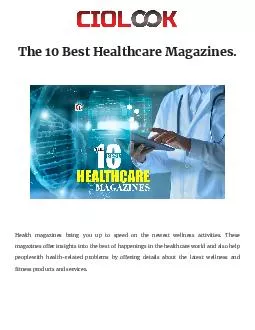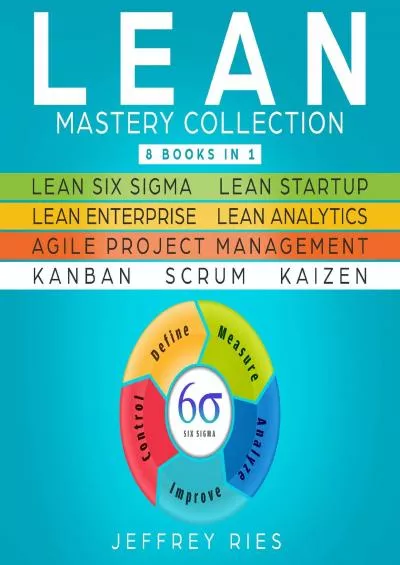PPT-Lean Methodologies Impact to Respiratory Care Services dee Gravely, BSRT, RRT, RCP –
Author : kittie-lecroy | Published Date : 2019-11-06
Lean Methodologies Impact to Respiratory Care Services dee Gravely BSRT RRT RCP Carolinas Healthcare System background The healthcare field makes up the countrys
Presentation Embed Code
Download Presentation
Download Presentation The PPT/PDF document "Lean Methodologies Impact to Respiratory..." is the property of its rightful owner. Permission is granted to download and print the materials on this website for personal, non-commercial use only, and to display it on your personal computer provided you do not modify the materials and that you retain all copyright notices contained in the materials. By downloading content from our website, you accept the terms of this agreement.
Lean Methodologies Impact to Respiratory Care Services dee Gravely, BSRT, RRT, RCP –: Transcript
Download Rules Of Document
"Lean Methodologies Impact to Respiratory Care Services dee Gravely, BSRT, RRT, RCP –"The content belongs to its owner. You may download and print it for personal use, without modification, and keep all copyright notices. By downloading, you agree to these terms.
Related Documents


